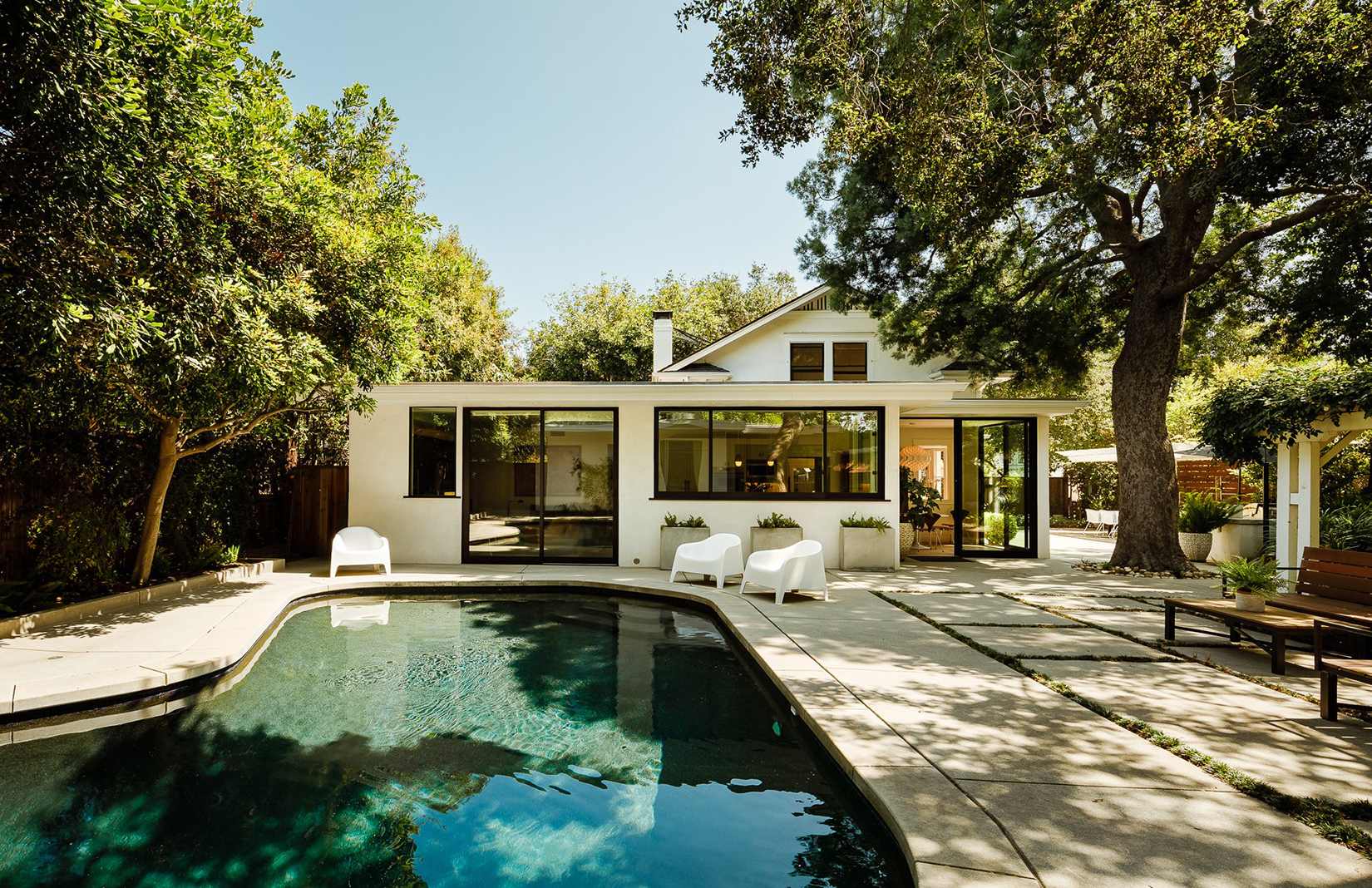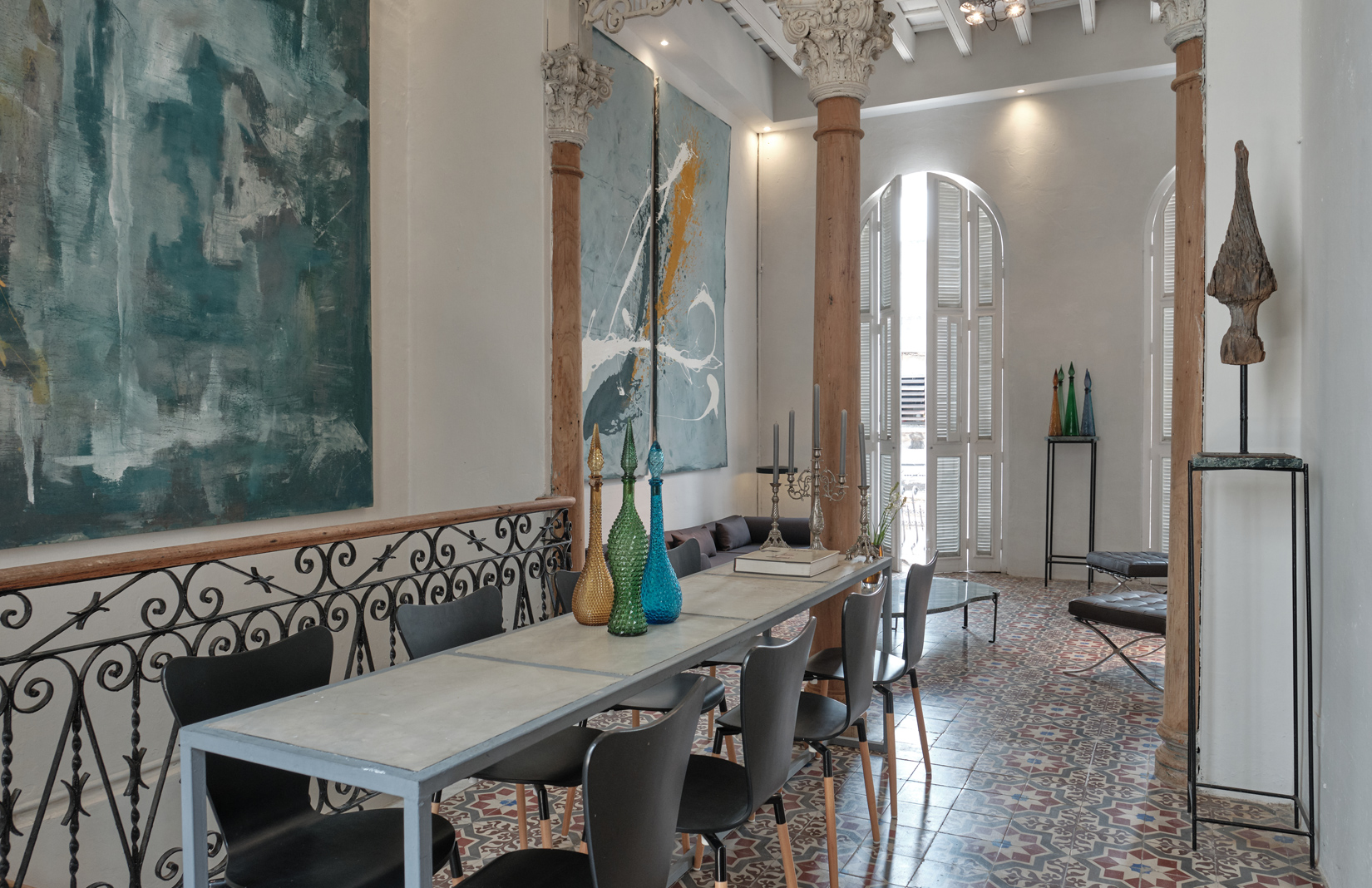A dozen years since construction began at Tottenham Court Road’s new mega-station, Soho’s northeast corner is finally coming together across a patchwork of high-concept, tightly managed spaces. At its centre is the new indoor-outdoor entertainment venue, the Now Building, conceived by arts developer Outernet. In its shadow, Outernet continues to unveil years of restoration work undertaken along Denmark Street, London’s Tin Pan Alley.
The Now Building, designed by London practice Orms, has launched a schedule of live music events in its vaulted public atrium and broadcasts from its four-storey, 2,260-square-metre wraparound outdoor screens. And last month artistic director Marco Brambilla – known for his own video-art collaborations with Kanye West and Cate Blanchett – began his tenure. He’ll be showing his own fantastical work and that of Marina Abramović, Simon Denny, Acute Art – Hilma af Klint and others.

Photography courtesy Outernet London

Photography courtesy Outernet London

Photography courtesy Outernet London

Photography courtesy Outernet London

Photography courtesy Outernet London
Outernet president and CEO Philip O’Ferrall says he wants to see Denmark Street become to the music scene what Carnaby Street is to shopping. ‘We want as much music as possible everywhere on Denmark Street – 300 nights of live music a year.’
Denmark Street earned its moniker in the 1950s and 1960s, when music publishers, shops and recording studios began taking over the 17th-century spaces once occupied by metalworkers. The Rolling Stones recorded at Regent Sounds Studio, at no.4; Malcolm McLaren and the Sex Pistols lived at no.6, and Elton John collaborated with Bernie Taupin at offices on the street.
But, says O’Ferrall, the area has suffered from underinvestment. Sixteen years ago, Outernet gobbled up an acre of land behind Centre Point and held onto it despite threats from Transport for London to acquire it under a compulsory purchase order. With the help of a ‘youth board’, the company designed a series of spaces in which it could tailor interactive, one-off ‘experiences’ to a young, tech-savvy crowd.

The area, bordered on one side by St Giles in the Fields church, is home to some of London’s most valuable real estate. Transport for London puts the average daily footfall at upwards of 130,000. Naturally, that means Outernet will have to collect revenue through ground-floor retail in the adjacent streets and Piccadilly-sized ads on the ‘blank canvas’ of the cube-shaped Now Building. Cynics will see only the latter. Proponents will see what O’Ferrall calls ‘life, breathed back into Tin Pan Alley’.
He expects many of those thousands to filter through the atrium, visit his underground live-music venue and swing by the ‘secondary space’ next door, where GQ magazine will host its live webcast. In winter, the hallowed 12 Bar Club, where Adele, the Libertines and the late Jeff Buckley began their careers, will reopen on the site of an original 16th-century forge at the centre of Denmark Street.
Performers, artists and revellers can bed down at Chateau Denmark, a hotel and short-term residence now open across a row of Victorian houses on the north side of Denmark Street.


























